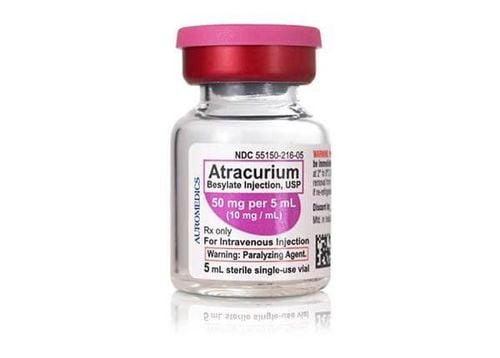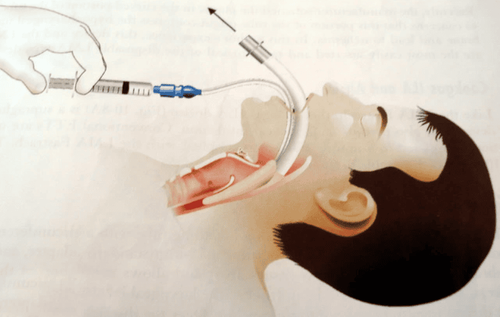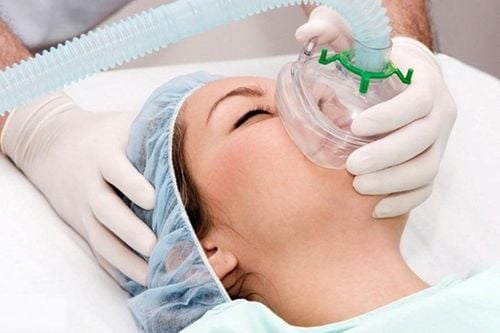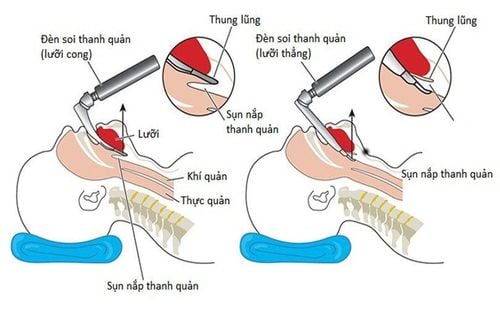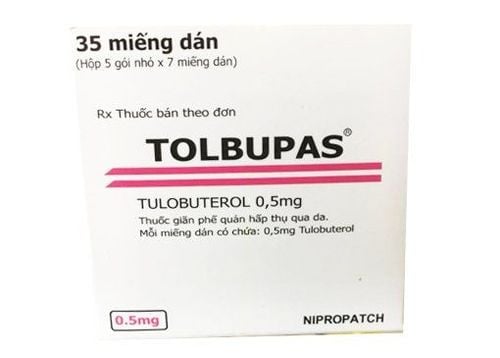This is an automatically translated article.
The article is professionally consulted by Specialist Doctor I Tran Thi Ngat - Department of General Surgery - Vinmec Danang International General Hospital.
The effectiveness of Laryngeal Mask anesthesia in cardiac catheterization and congenital heart interventions has been proven in practice by the treatment results and the recovery of health and cardiac function of patients with congenital heart disease.
1.Laryngeal Mask Anesthesia
Classical laryngeal mask has been in use since 1988 and so far has been improved many times to produce many different new laryngeal masks on the basis of the classic laryngeal mask.Laryngeal mask is a means of opening the upper airway, its structure consists of a large barrel and the lower end has an elliptical balloon. Once placed and inflated, the balloon will remain closed with low pressure around the larynx entrance. Compared with the endotracheal tube, the laryngeal mask is convenient and easy to place to help quickly manage the airway, so it has been officially included in the regimen of controlling difficult airways, especially in non-intubated situations. manageable or non-ventilated.
Laryngeal Mask Anesthesia is one of the safe and effective anesthetic methods in anesthesia for children and the elderly, applied in the treatment of children with congenital heart diseases and other pathologies.
Cardiac catheterization is an important method to help diagnose and treat many congenital heart diseases. When cardiac catheterization for pediatric patients, anesthesia is required because the patient is uncooperative. Anesthesia makes the procedure easier and safer. Laryngeal mask anesthesia for cardiac catheterization and congenital heart interventions are widely conducted at many medical facilities throughout the country.
Through statistical data and clinical experimental studies on patients with congenital heart disease who used the anesthetic mask laryngeal method, the success rate of this method is relatively high. , which can be up to 98% of the treatment effect that is safe, leaving little sequelae for the patient after treatment.
Advantages and disadvantages of laryngeal mask anesthesia:
Advantages: Easy to place, allowing rapid airway control Firm control of the airway Compared with an open mask, the laryngeal mask ensures better oxygen delivery and less likely to cause the cough reflex, as is common during intubation. Laryngeal mask also reduces the need for anesthetic and the incidence of sore throat compared to endotracheal intubation Cons: Must ensure depth of anesthesia Risk of reflux and aspiration
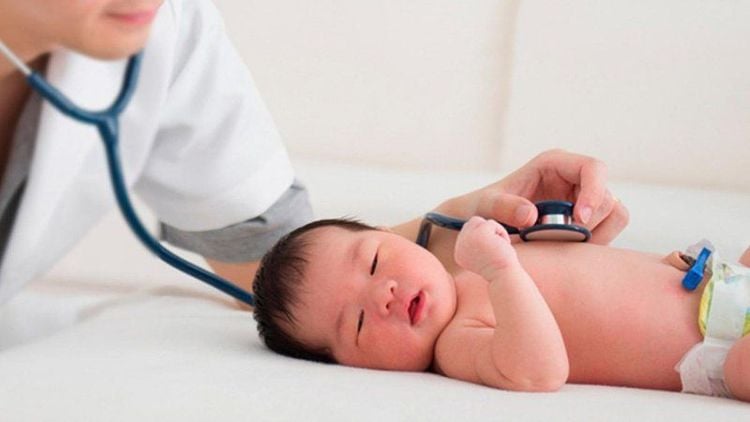
Gây mê Mask thanh quản để điều trị cho trẻ bị tim bẩm sinh
2.Laryngeal mask anesthesia procedure
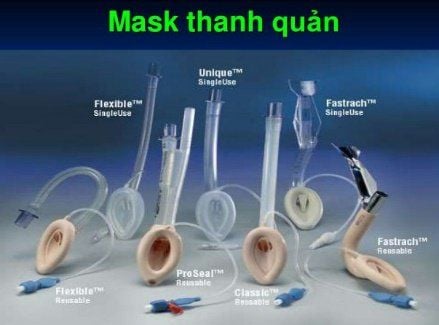
Các Mask Proseal và Flexible cho từng đổ tuổi thích hợp
The pediatric patient fasted for 6 hours before the procedure Pre-anesthesia pre-operative examination Pre-anesthesia: Using Svoral anesthetic through the Aespire Mask Proseal and Flexible system: Mask size selected according to weight Size 1: Newborn under 6.5kg, pump 3.5ml Size 2: Child 6.5-15kg, pump 10ml Size 2.5: Child 15-25kg, pump 15ml Size 3: From 25-40kg, pump 20ml Size 4: From over 40kg, pump 30ml Size 5: Very large adults, pump 40ml 2.2 Procedures
Vacuum deflate, lubricate the back of the mask Initiate anesthesia deep enough Head tilt, open mouth Slide the larynx mask through In the mouth, the back of the mask slides along the hard palate, put the tip of the index finger of the dominant hand at the junction between the tube and the balloon, and push the mask down to the lower throat until resistance is felt. Inflate the balloon with enough air while not holding the tube so that the mask stays in place. Hold the tube, install the oxygen balloon, check: Squeeze gently, chest up, listen to both lungs, look at EtCO2 if present Maintain enough deep anesthesia, can let the patient breathe through the mask Procedure to exit anesthesia and remove mask:
Reduce anesthesia before the procedure is about to end to prepare for anesthesia Stop the anesthetic and exit anesthesia Remove the laryngeal mask when the patient is awake with swallowing reflex, opening the mouth Hemodynamic parameters are stable.
3. Some complications and treatment when anesthesia laryngeal mask

Suy hô hấp là một trong các biến chứng có thể gặp khi gây mê Mask thanh quản
To protect heart health in general and detect early signs of myocardial infarction and stroke, customers can sign up for Cardiovascular Screening Package - Basic Cardiovascular Examination of Vinmec International General Hospital . The examination package helps to detect cardiovascular problems at the earliest through tests and modern imaging methods. The package is for all ages, genders and is especially essential for people with risk factors for cardiovascular disease.
Customers can directly go to Vinmec Health system nationwide to visit or contact the hotline here for support.
MORE
Intubation is indicated in what cases? Percutaneous tracheostomy emergency suffocation Placing a laryngeal mask in airway emergency





